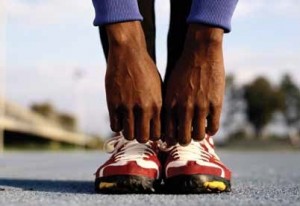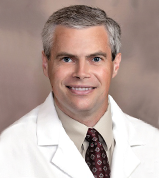 For any injured athlete one of the first questions they ask is, “When can I get back into the game?” The second question is often “Will I lose all my fitness while I recover?”
For any injured athlete one of the first questions they ask is, “When can I get back into the game?” The second question is often “Will I lose all my fitness while I recover?”
All athletes, and all injuries, are different, and while you can get a good estimate of healing and recovery times for common injuries, your physician or physical therapist is the best person to ask for specifics about your injury.
Depending upon what injury you have, and what your treatment team recommends, there are some very simple modifications you can make to minimize deconditioning and maintain some fitness while injured.
Most of these modifications have to do with protecting the injured part, while allowing the uninjured parts to stay active and mobile. For example, if you are healing from an ankle sprain, you may not be running, but you may be able to kayak. If you have a shoulder injury, you might be able to stair climb or ride an exercise bike. It’s a safe bet that you won’t want to do any strenuous or intense exercise, even if you feel like it.
Healing any injury takes a lot of energy, and pushing through and trying to maintain a heavy training schedule will likely delay healing.
It’s important to work with your coach, trainers and physicians to make sure your modified exercise routine won’t delay your healing. Some injuries do require complete rest, and being active too soon will only mean a longer recovery. So, ask the right questions, listen to your body, and heal fully before you add any intensity.
Michael R. Simpson, DO, specializes in family medicine and primary care sports medicine. Dr. Simpson is board certified in family medicine and sports medicine, and is a fellow of the American Academy of Family Physicians. He is a member of the American Osteopathic Association, American College of Sports Medicine and the American Medical Society of Sports Medicine. Prior to medical school, Dr. Simpson earned a master’s degree in exercise science from the University of South Carolina in Columbia, S.C.



